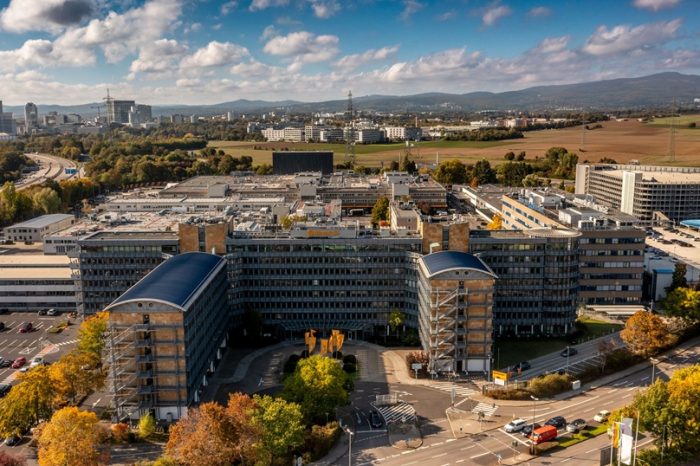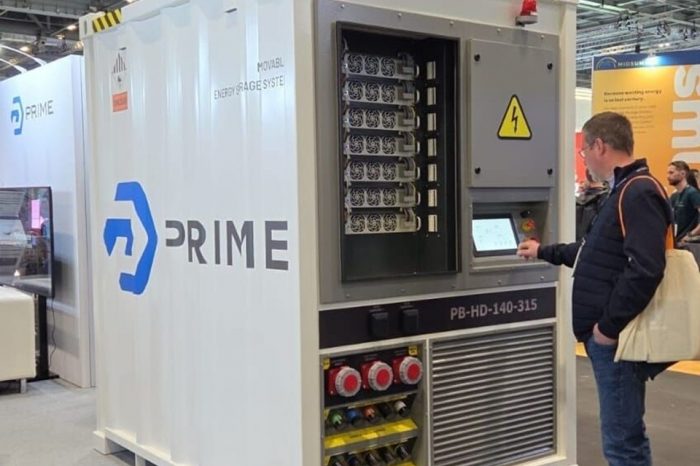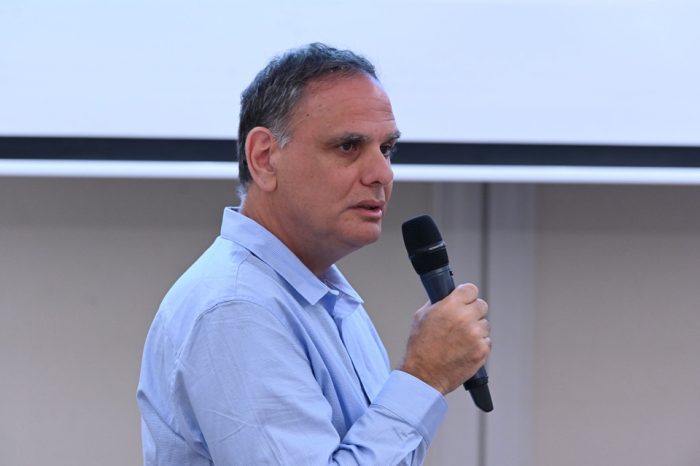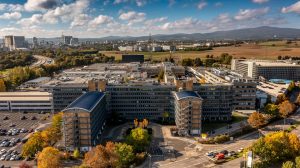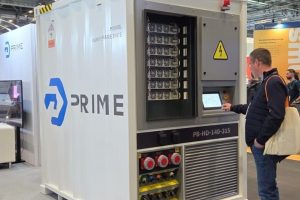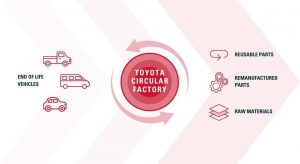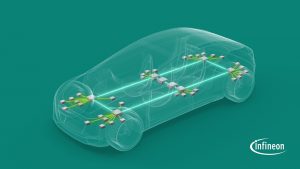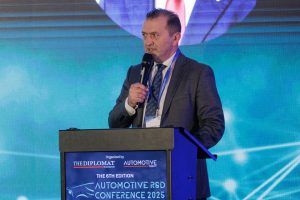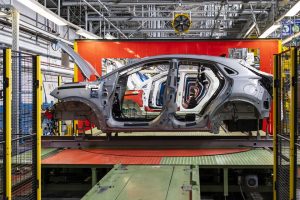State Counsellor Florin Spataru: “Romania will have a Green Deal Industrial Plan in 2025”
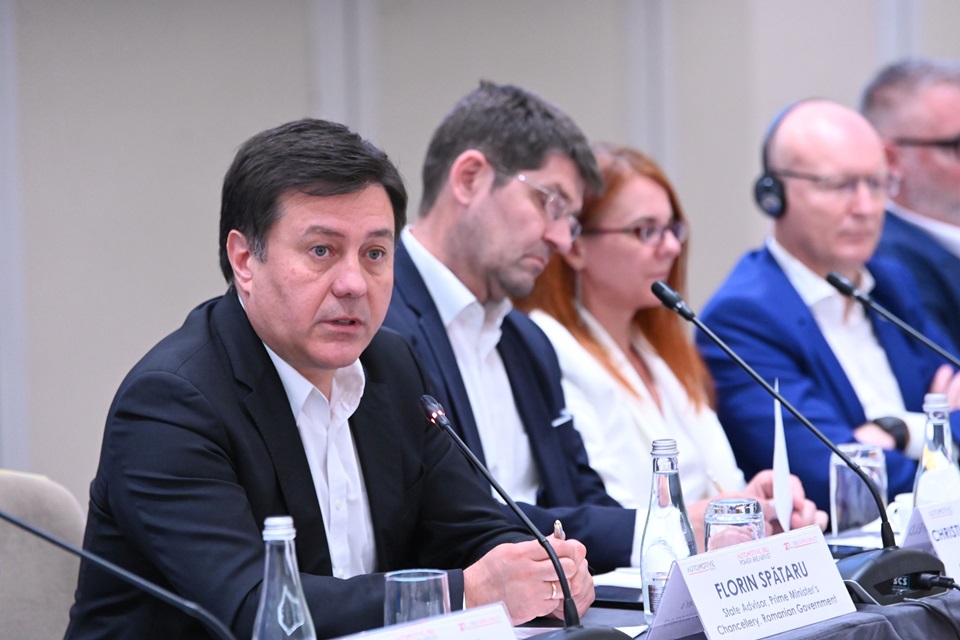
“Romania has made a long-term commitment to ensure that decarbonisation target: 90% reduction of the carbon footprint by 2050. The important thing is that following that long-term climate change strategy we have achieved a figure.
What does it mean to decarbonize from here on out? From here on it means the six directions that are the biggest generators of greenhouse gas emissions.
In order to be able to fulfil these objectives, it would mean that Romania attracts or makes available 300 billion dollars. Divided by each sector separately, the transport sector, industry, energy, agriculture, residential area and, as a compensatory measure, the forestry part with the related forestry.
Of these 300 billion, somewhere around 100 billion dollars should be state aid schemes to be made available until 2050, from European funds, CO2 certificates or from the state budget.
This would mean that every year Romania allocates 3.5 billion dollars, provided that this $3.5 billion generates or attracts $7 billion in investment,” Florin Spataru, State Counselor, Prime Minister’s Chancellery said at Automotive R&D Power Breakfast organized by Automotive Today.
“If we talk about development, we put another 50 billion dollars so that we can grow economically. This is the message I sent from the moment I arrived at the prime minister’s office. Do we want to achieve our long-term goal? We have to come up with this money.
If we look at the automotive sector, we have two directions. A direction aimed at the production and development side and here, of course, we have the Ministry of Finance and the Ministry of Economy that will generate these schemes.
And we have the transport sector which is very important. Why? Because, if we look at the curve of greenhouse gas emissions, we will see that the transport area is the only one that increased these emissions, compared to 1990, the others decreased, but at a certain pace.
And in the transport sector, Romania will have to decide what to do. We are going with a coherent program to support a green transport, which integrates the entire value chain and we fit into those net zero targets and somehow attract more of the business at the European level.
Or we think of a strategy that somehow takes into account the Romanian reality. And the Romanian reality says that e-mobility or mobility with this green component is not as cheap as we think.
That is why, in order to bring more clarity to this area, we have initiated and I hope that the General Secretariat of the Government will sign, together with the World Bank, a contract for the realization of what we will call the Green Deal Industrial Plan.
It is Romania’s green industrial development plan, a long-term strategy, subordinated to the long-term climate change strategy, in which we will come to give the main development directions, the obligations or responsibilities that the other ministries will have in this area.
I believe that the partnership between the state and the private sector is very important and will have to generate these solutions. Don’t expect an official or a minister or a ministry from an office in Bucharest
to come up with a financial instrument that would lead to the fulfilment of such an objective, without consulting the private sector, without being in close relationship with investors.
I would like to have in the next period, 2025-2029, sectoral instruments on the main directions of Romanian economic development that include both the research and development component and the production component and other areas such as energy, following after that to be defined and detailed by each individual ministry.
We expect this Green Deal Industrial Plan document to be finalized by the middle of 2025, which we will then propose to the business environment for consultation and then develop it.
Romania’s climate neutrality objectives must be balanced with the reality we face, which means the energy potential we have, the mineral resources we have at our disposal, but also the ability to absorb new investments in this area provided we remain competitive.”


